That Useful Wine Site
Search, or just roll your cursor over the colored boxes farther below.click the “x” to dismiss Search-results block.
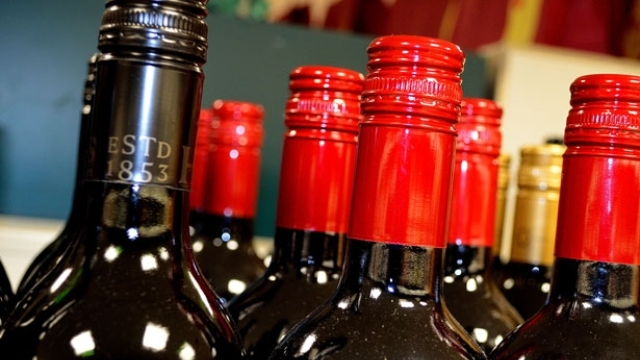
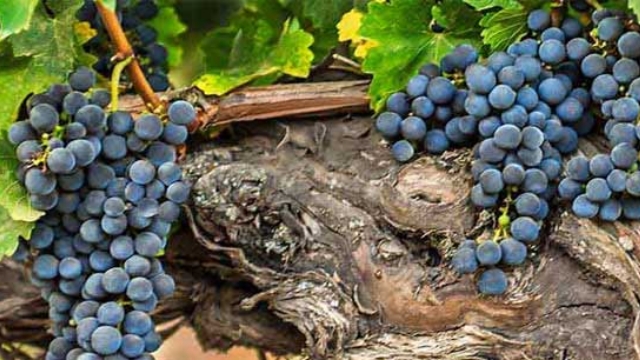
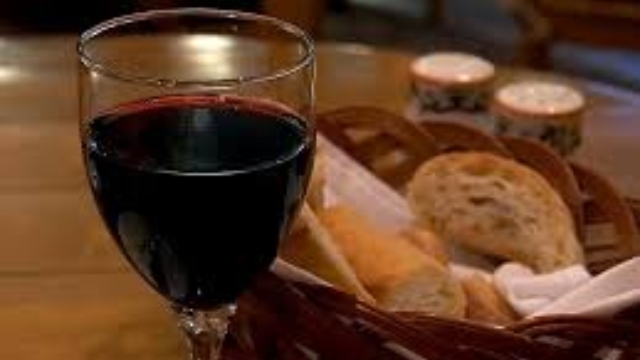
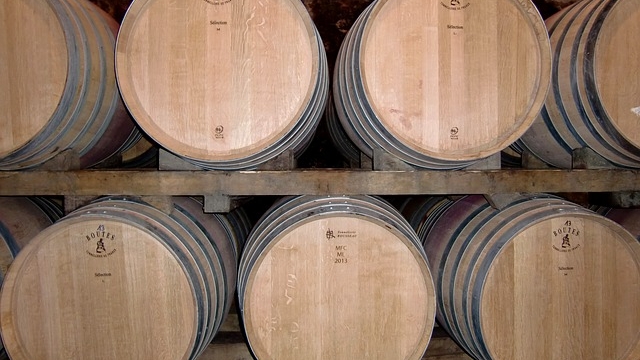
Advertisement:
Advertisement:
Quick page jumps:
(Synonyms: Moscatellina, Roché, Romitagi, Rouchet, Ruché.)
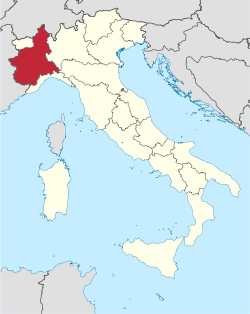
Ruchè is a red-wine grape originating in Italy, around Castagnole Monferrato in Asti, which is in the Piedmont region. (The spelling—meaning the accenting—that we and many others use is based on how the word is pronounced in its native Italian; the version with an acute accent is a French-derived pronunciation used in those areas that are near the French border with Italy.) The grape and its wine still come almost wholly from the Ruchè di Castagnole Monferrato DOCG (though the Ruchè can legally be cut with as much as 10% of other area reds, most bottlings are monovarietal).
Ruchè wines are generally full-bodied with quite pronounced aromas, typically of roses. They are notably spicy on the palate, low in acid, and heavily tannic (so much so that they can leave a slight bitter aftertaste, a flavor that Italians like). Ruchè ages well; a good vintage can reportedly go 10 to 15 years, though it is also thoroughly enjoyable when young (then playing the role often assigned to Gamay).
Factoid: No one seems to know whence Ruchè. A theory that it was imported from France has now been shot down by DNA analysis, so it seems the grape is probably native to the places it is grown in today (and has been grown since at least the Middle Ages).
This is yet another splendid Italian wine that is hard to find in the U.S. because it’s just not widely known. This is what we could cobble together, but some are scarcer than we like to have them.
• This wine’s Wine Searcher “Reviews” page.
• This wine’s CellarTracker review pages.
• Retail offers of this wine listed by Wine Searcher.
• Retail offers of this wine listed by 1000 Corks.
• This wine’s Wine Searcher “Reviews” page.
• This wine’s CellarTracker review pages.
• Retail offers of this wine listed by Wine Searcher.
• Retail offers of this wine listed by 1000 Corks.
• This wine’s Wine Searcher “Reviews” page.
• This wine’s CellarTracker review pages.
• Retail offers of this wine listed by Wine Searcher.
• Retail offers of this wine listed by 1000 Corks.
We could find no reasonably available Ruchè wines better enough than those listed above as to justify a “splurge” price.
Advertisement:
Advertisement:
|
|
This site is one of The Owlcroft Company family of web sites. Please click on the link (or the owl) to see a menu of our other diverse user-friendly, helpful sites. |
|
| (Note: All Owlcroft systems run on Ubuntu Linux and we heartily recommend it to everyone—click on the link for more information). | ||
|
All content copyright © 2024 The Owlcroft Company
(excepting quoted material, which is believed to be Fair Use). |
This web page is strictly compliant with the W3C (World Wide Web Consortium) Extensible HyperText Markup Language (XHTML) Protocol v1.0 (Transitional) and the W3C Cascading Style Sheets (CSS) Protocol v3 — because we care about interoperability. Click on the logos below to test us!
This page was last modified on Saturday, 30 October 2021, at 11:26 pm Pacific Time.
Some Descriptions of Ruchè Wines
“It has been grown in the area for at least one hundred years but has only recently been marketed and consumed outside of the immediate vicinity of its production. Ruché di Castagnole Monferrato tends to be medium bodied with notes of pepper and wild berries and floral aromas on the nose. The wine is often characterized by moderate acidity and soft tannins…Ruché shares some similarities with the major Piedmontese grape Nebbiolo in that it tends to produce very tannic, light colored wines with pronounced aromas and bouquet. The wines are often characterized by a slightly bitter aftertaste.”
“Ruchè wines can be characterized by their lightness in color and complex aromas – somewhat akin to the lauded Nebbiolo of the region. The similarities continue with Ruchè having fine but forceful tannins and good acidity to stimulate the palate…At the turn of the century, there were just 125 acres (50 hectares) of Ruchè planted, making it one of the most exclusive wines made under any Italian wine title, DOC or DOCG. Its elevation in status has signalled the resurgence in popularity for this vine.”
“At Castagnole Monferrato, the soil structure is silty-loam with calcium carbonate, the earth is almost white and produces wines with fragrant aromas (Ruché grapes smell of roses) and good structural balance….In terms of soil composition, Scurzolengo is quite similar to Castagnole Monferrato, while going towards Portacomaro, it becomes looser, producing extremely aromatic but less structured wines. Heading towards Montemagno and Grana, there is more clay and the soil becomes brown. The wines here are stronger and more structured both in colour and tannins and take longer to refine and express their fragrances. At Refrancore we find red clay soils interspersed among Asti sands producing tendentially smaller, more concentrated and less aromatic grapes…Ruché produces red grapes with a mid to early ripening. They accumulate sugars well and, despite the low acidity, retain a good share of malic acid that gives the wine freshness. The main characteristic of the grapes is the wealth of polyphenolic substances, mainly tannins, that generate the wine’s structure. Semi-aromatic, it has good alcoholic potential. The taste is unique and particular, averagely structured and generous. The olfactory notes are of faded rose, violet and spices and the taste is reminiscent of blackberry, raspberry and ripe plums, with hints of spice, such as black pepper. Although a 10% blend with Brachetto and/or Barbera grapes is legally allowed, the wine produced is usually pure Ruché.”
“ The wine has a bright ruby color with delicate floral and red berry aromas. It has medium body with a delicate, velvety taste with hints of black plums and some pepper. It is a fruity, approachable and, yes, friendly wine that lacks the pretense of a big Barbera and that reminds me in some ways of a Dolcetto. It has good acidity but little tannin so it is a wine meant to be drunk young.”
“What is in fact peculiar of this variety is the aromaticness: Ruché is one of the rare red aromatic varieties, it shows primary aromas of delicate flowers (rose, iris, lavender), red fruits and spices (nutmeg, coriander, black pepper). I am a big fan of Ruché wines: I find them to be feminine, but with character, delicate but peppery, never obvious.”
“The wines produced out of this red wine grape variety could be characterized by a dash of lightness as to their color. Thus, these wines are not deeply red-colored; however, there are slight hues of red present in them. These wines are said to be complexly aromatic, very similar to the admirable Nebbiolo that is also produced in the Italian region. These wines so produced are believed to entertain a good level of acidity in them while the tannins in them are pretty much forceful.”
“The interesting thing about Ruchè is that the comparisons people try to make seem to be all over the map. There are some people who compare it to Nebbiolo due to its intense, flowery aromatics. Some compare it to Pinot Noir because of its supple character and intense aromatic profile while others point to Dolcetto as the closest analogue thanks to its friendly, fruity nature. The grape it most closely resembles for me is actually Lacrima di Morro d’Alba. Both of these grapes are explosively, almost overwhelmingly floral on the nose and both have soft, ripe fruit as their defining characteristics on the palate.”
“I never pass up a Ruche, which is an obscure grape from northern Italy that produces wine redolent of cherries and earth, almost always with a balance and depth that offer sophistication without pretense.”
“Ruchè wine is characterized by its distinguished floral aromas with rose, violet or geranium and red berry and plum fruit notes. It is light to medium body with elevated acidity and tannin. Locals often enjoy Ruchè as an aperitif but drink it with meals as well”